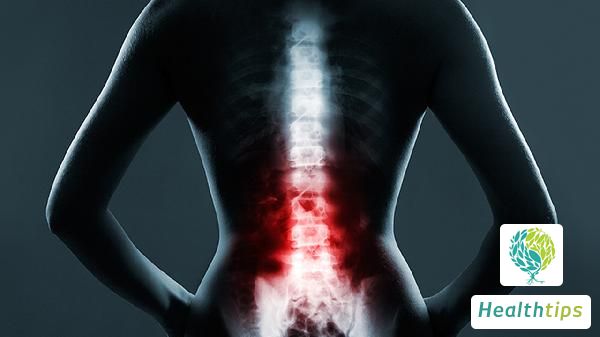Why Do Blisters Form on the Palm of My Hand and Cause Itching? What Should I Do?
The itchy blisters on the palm of the hand are generally caused by dyshidrosis. It can be treated with oral glucocorticoids under the guidance of a doctor, and the external use of calamine lotion can quickly alleviate the condition. The cause of dyshidrosis is unknown and may be related to mental reasons, lesion infection, allergies, and other factors. The course of the disease can last for weeks or months, with a tendency to heal spontaneously, but it is easy to recur.

1. What are the causes of dyshidrosis?
The etiology and pathogenesis of this disease are still unclear. It may be a hypersensitivity reaction that occurs in skin eczema-like conditions. Mental factors, lesion infections, local allergies (such as allergies to nickel, chromium metals), or irritants, allergic constitution, and nervous system dysfunction may be related to this disease. Some patients have a family history.
2. Clinical manifestations of dyshidrosis
This disease often occurs in fixed seasons, often recurring in spring and summer. The typical skin lesions are deep small blisters distributed diffusely on the palms and soles of the hands and feet, the flexor sides of the fingers and toes, and between the fingers. The blisters are needle to rice-grain sized, with thick walls and transparent fluid. They are itchy or burning, accompanied by excessive sweating on the hands and feet. There is no obvious inflammatory reaction. The blisters generally do not rupture spontaneously, and after about 2 to 3 weeks, they can absorb and dry up, forming peeling, revealing red, thin, and fresh skin. There may be pain during this period. The course of the disease lasts for weeks or months, and it can heal spontaneously but is prone to recurrence.
3. Treatment of dyshidrosis
Oral medications: Short-term oral prednisone or other glucocorticoids can quickly take effect. For patients with emotional stress, sedatives can be appropriately used. Topical medications: Early treatment of blistering lesions focuses on drying and itching relief, and calamine lotion can be used externally. When peeling begins, glucocorticoid creams or ointments, such as triamcinolone acetonide ointment, can be used. For patients with repeated local peeling, dryness, and pain, salicylic acid ointment, urea ointment, etc., can be used. Adjust the diet structure, eat more vegetables, cereals, and other foods rich in vitamins. Pay attention to work-rest balance, maintain emotional stability, avoid emotional fluctuations, etc.



















